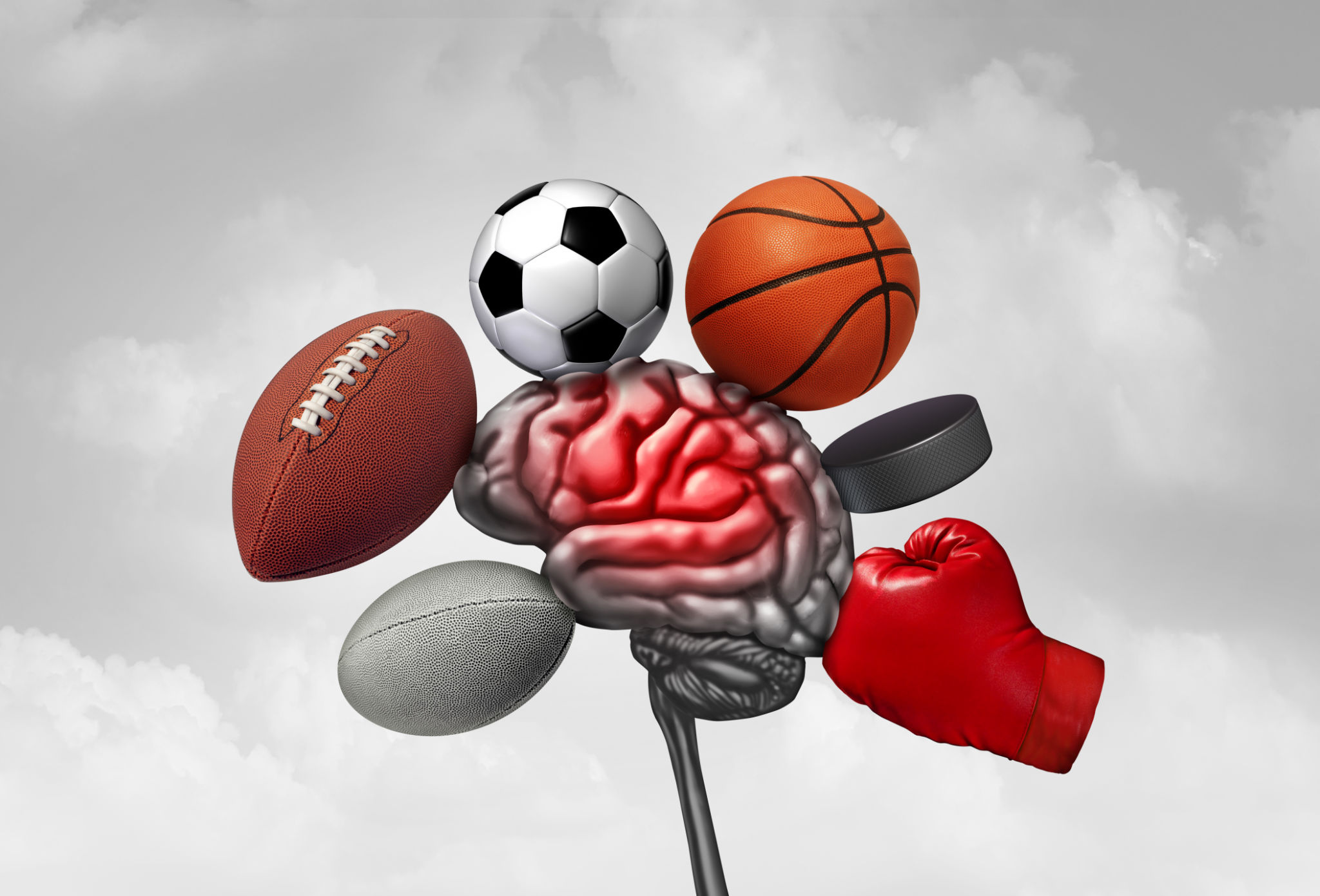Debunking Common Myths About Concussion Recovery: What Patients in Richmond Should Know
SE
Introduction: Understanding Concussions Beyond the Myths
Even today, misinformation about concussions is everywhere, whether from sports sidelines, workplaces, or online. As a physical therapist specializing in concussion rehabilitation, I often see patients confused by outdated advice. Let’s look at the most common concussion myths and what current research actually says about recovery.
Myth #1: You Have to Lose Consciousness to Have a Concussion
Truth: Most people with a concussion do not lose consciousness.
Loss of consciousness is actually uncommon, happening in only about 5–10% of concussion cases. Instead, most people experience other symptoms like headache, dizziness, confusion, or memory problems. Even if you stay awake and alert after a hit to the head or body, you can still have a concussion.
When loss of consciousness does occur, it’s usually very brief, often less than a minute, and research shows that it does not predict a more severe concussion or slower recovery. What matters most is recognizing your symptoms early and getting proper evaluation and treatment from a healthcare provider trained in concussion care.
📚 References:
Concussion Tests.National Library of Medicine (MedlinePlus)
McCrory, P., et al. (2017). Consensus statement on concussion in sport—the 5th international conference on concussion in sport. Br J Sports Med, 51(11), 838–847.
Neuropsychiatric Aspects of Concussion.Radhakrishnan R, Garakani A, Gross LS, et al. The Lancet. Psychiatry. 2016;3(12):1166-1175. doi:10.1016/S2215-0366(16)30266-8.
High School Concussions in the 2008-2009 Academic Year: Mechanism, Symptoms, and Management.Meehan WP, d'Hemecourt P, Comstock RD. The American Journal of Sports Medicine. 2010;38(12):2405-9. doi:10.1177/0363546510376737.
Sport-Related Concussion.Leddy JJ.The New England Journal of Medicine. 2025;392(5):483-493. doi:10.1056/NEJMcp2400691.
Examining Whether Loss of Consciousness Is Associated With Worse Performance on the SCAT5 and Slower Clinical Recovery After Concussion in Professional Athletes.Iverson GL, Gaudet CE, Kissinger-Knox A, Gardner AJ. Journal of Neurotrauma. 2023;40(21-22):2330-234 doi:10.1089/neu.2022.0043.
Myth #2: You Should Rest Until All Symptoms Are Gone

Truth: Prolonged rest can slow recovery.
The old “dark room” approach has been replaced with evidence supporting light aerobic activity as soon as it’s safe. Studies show that early, symptom-guided movement helps people recover faster (Leddy et al., 2019). Physical therapists trained in concussion rehab can guide safe return-to-activity plans.
Reference:Leddy, J. J., et al. (2019). Exercise is medicine for concussion. Current Sports Medicine Reports, 18(8), 299–305.
Myth #3: Imaging Can Show a Concussion
Truth: Standard MRI and CT scans are typically normal.
Concussions involve chemical and metabolic changes that aren’t visible on scans (Giza & Hovda, 2014). Diagnosis relies on clinical evaluation, not imaging results.
Reference:
Giza, C. C., & Hovda, D. A. (2014). The new neurometabolic cascade of concussion. Neurosurgery, 75(Suppl 4), S24–S33.
Myth #4: The Only Treatment Is Rest and Time
Truth: Active rehabilitation improves outcomes.
Evidence now supports targeted therapy for the vestibular, cervical, and visual systems to speed recovery (Kontos et al., 2021). Physical therapy can address balance, dizziness, and neck pain to help patients return safely to daily life.
Reference:
Kontos, A. P., et al. (2021). Systematic review and meta-analysis of vestibular and oculomotor screening and concussion rehabilitation. Br J Sports Med, 55(15), 878–887.
Myth #5: Children Always Recover More Slowly Than Adults

Truth: Recovery depends on the individual, not just age.
Factors such as migraine history, anxiety, or poor sleep often influence recovery more than age (Master et al., 2020). With personalized, active care, most children and teens recover just as well as adults.
Reference:
Master, C. L., et al. (2020). Vision and vestibular system dysfunction predicts prolonged concussion recovery in children. Clin J Sport Med, 30(2), 96–102.
Myth #6: You Should Avoid Screens Completely After a Concussion

Truth: Screen use should be moderated, not eliminated.
In the past, patients were told to completely avoid phones, TVs, and computers until symptoms were gone. However, new research shows that complete screen avoidance is unnecessary, and can even slow recovery by increasing isolation, anxiety, and school or work disruption.
Instead, the latest evidence supports gradual, symptom-limited reintroduction of screens. A 2021 randomized clinical trial found that limiting, but not eliminating, screen time for the first 48 hours led to faster recovery compared to unrestricted use (Macnow et al., 2021). After that, short, structured periods of screen use (such as 20–30 minutes with rest breaks) are safe and can help patients stay connected and reintegrate into normal routines.
Physical therapists trained in concussion care can help patients find the right balance, often combining visual rest with graded eye-tracking or vestibular exercises to reduce sensitivity.
Reference:
Macnow, T., Curran, T., Tolliday, C., et al. (2021). Effect of screen time on recovery from concussion: A randomized clinical trial. JAMA Pediatrics, 175(11), 1124–1131.
Takeaway: Concussion Recovery Is Active, Not Passive
Concussion rehabilitation has come a long way. Gone are the days of sitting in the dark until symptoms fade. With early assessment and evidence-based physical therapy, patients can return safely to school, work, and play.
Educating those around you about the specifics of concussion recovery helps create an atmosphere of empathy and understanding, which can ease the emotional burden on the patient.
